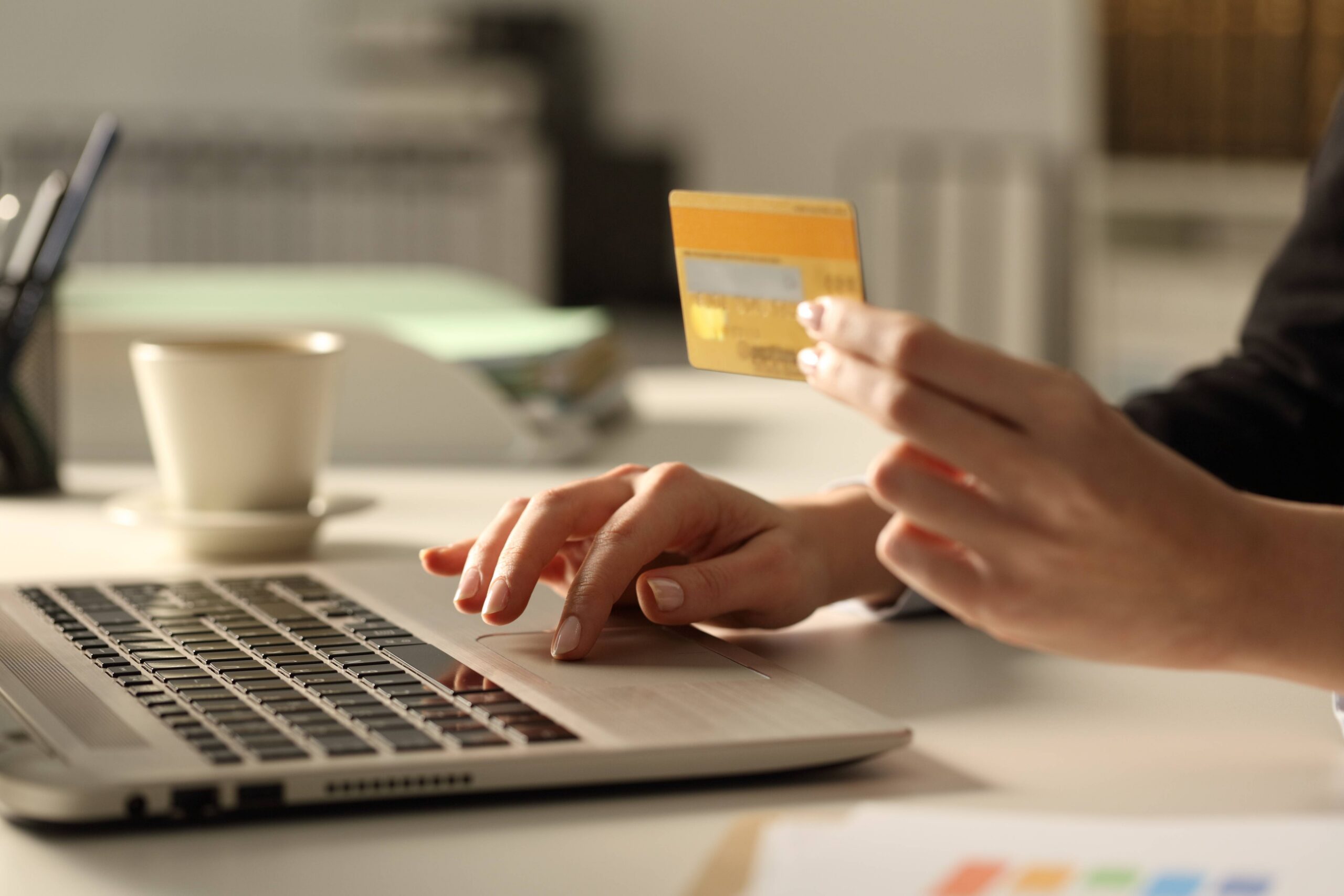We’ve all been there—scrolling through our phones or walking through a store when something catches our eye. Before we know it, we’ve made a purchase we didn’t plan for. It might be a new gadget, a snack at checkout, or a flash-sale item that “won’t be here tomorrow.” Impulse purchases happen to everyone, but understanding why they happen—and how to prevent them—can help you keep your spending in check and your financial goals on track. Learn how the psychology behind your spending habits works, and what you can do to take control.
What Is an Impulse Purchase?
An impulse purchase is anything you buy on the spot, without planning or considering whether you really need it. These purchases are driven by emotion and convenience rather than logic. Marketers know this—and they design stores, websites, and ads to encourage exactly this kind of behavior.
Impulse buying can range from small snacks and knick-knacks to expensive electronics or clothes. While a few dollars here and there might not seem like much, it can add up quickly and take a toll on your budget.
Why We Make Impulse Purchases
There’s science behind spontaneous spending. Several psychological factors play a role, including:
Emotions – Feeling sad, stressed, bored, or even overly happy can trigger impulse buys. Shopping can provide a quick mood boost or sense of control.
Instant gratification – Our brains are wired to seek immediate rewards. A small purchase can make us feel good instantly—even if we regret it later.
Social influence – Seeing others post about purchases or being part of a social trend can push us to buy things we wouldn’t have considered on our own.
Scarcity and urgency – “Limited time offer” or “Only 2 left!” messages create a sense of urgency that leads us to buy now before thinking it through.
Convenience – With online shopping just a tap away, it’s easier than ever to make split-second decisions without pulling out your wallet or going to the store.
Understanding these triggers is the first step to overcoming them.
How Impulse Buying Hurts Your Budget
Even if individual purchases seem small, impulse spending can seriously undermine your financial goals. It can:
- Drain your checking account faster than expected
- Prevent you from saving for big goals like vacations or emergencies
- Increase credit card balances and interest charges
- Lead to clutter and buyer’s remorse
- Create habits that are hard to break over time
The emotional high of a purchase is temporary—but the financial impact can last much longer.
Strategies to Avoid Impulse Spending
Luckily, there are smart and simple ways to take back control of your spending. Here’s how to break the habit and shop with purpose:
Make a budget and stick to it
If you know exactly how much you can spend in different categories, it’s easier to say no when something tempts you. Use a budgeting app or the envelope method to set limits.
Use the 24-hour rule
If you see something you want, wait 24 hours before buying it. Chances are, you’ll realize you don’t really need it—or you’ll find a better deal elsewhere.
Avoid “just browsing”
Whether it’s online or in-store, window shopping can quickly turn into real spending. Try to avoid shopping as entertainment, and only visit stores or websites with a purpose.
Unsubscribe from marketing emails and notifications
Retailers are great at tempting you with sales, discounts, and “just for you” suggestions. Limit your exposure by unsubscribing or muting notifications that encourage spontaneous spending.
Leave your cards at home
When you’re going out and don’t plan to buy anything, leave your credit cards behind. Bring a set amount of cash if needed, and avoid the temptation of unlimited spending power.
Track your impulse buys
Keep a small notebook or list of unplanned purchases. Seeing the total over time can help you become more aware of the habit and motivate you to change.
Shop with a list—and stick to it
Before going to the store or placing an order online, make a list of what you need. Avoid browsing and adding extras “just in case.” Every small item adds up.
Delay online checkouts
If you’re shopping online, put items in your cart but don’t check out right away. Waiting even a few hours can help the impulse wear off. You might decide not to buy—or find you no longer care about the item at all.
Reward yourself with intention
It’s okay to treat yourself now and then. Just make it a conscious choice. Set a small amount of “fun money” in your budget so you can enjoy occasional splurges without guilt or disruption.
Shift your focus to long-term goals
Create visual reminders of what you’re saving for, whether it’s a vacation, debt payoff, or emergency fund. Keeping your goals in sight can help you resist short-term temptation.
When Emotional Spending Becomes a Pattern
If you find yourself constantly shopping to cope with emotions like stress, loneliness, or boredom, it might be a sign of emotional spending—or even a deeper issue like compulsive shopping. Try to find alternative ways to boost your mood, like taking a walk, calling a friend, or journaling. And if it feels out of control, consider speaking with a counselor or therapist who can help you find healthier coping strategies.
Replacing Impulse Buys with Better Habits
Instead of giving in to every urge to buy, try building habits that support your financial goals:
- Start a savings challenge for every time you skip an impulse buy
- Celebrate small wins when you stick to your budget
- Track your “non-spending” days and aim to increase them each month
- Focus on gratitude and contentment with what you already have
Small shifts in mindset can make a huge difference over time.
Final Thoughts
Impulse buying is a common habit—but it’s one you can learn to manage with a little awareness and strategy. By understanding the psychological triggers behind spontaneous spending, setting clear boundaries, and staying focused on your bigger goals, you can avoid budget-busting decisions and feel more confident about your money.
The next time something catches your eye, pause. Ask yourself if it’s something you need, something you planned for, or just something your brain is using to chase a quick hit of dopamine. With practice, you’ll learn to spend with intention—and keep more money in your pocket where it belongs.



